High Confidence Lipidomics via a Lipid Structure Atlas Enables the CIT to Predict Dysregulation
Lipids play an important role in health and disease, such as de novo lipid synthesis in cancer cell growth and survival or dysregulation of lipid metabolism in neurodegenerative diseases. Yet lipidomics research, the study of lipid species, pathways and their interactions with other metabolites inside an organism, is considered an emerging discipline. To advance the field, high-precision ion mobility-mass spectrometry resources in the CIT were utilized to develop a conformational database for lipids.
The atlas includes collision cross section information for numerous lipid classes, including: sphingomyelin, cerebroside, ceramide, phosphatidylethanolamine, phosphatidylcholine, phosphatidylserine, and phosphatidic acid. The figure below outlines the important correlations that were discovered for glycerophospholipids (PS) and sphingolipids (GlcCer). This lipid atlas is available in the CIT to help collaborators better understand the role of lipids in their specific disease.
Read the publication: https://www.ncbi.nlm.nih.gov/pubmed/30816114
Read the Vanderbilt News article: https://news.vanderbilt.edu/2019/02/28/new-lipid-shape-atlas-holds-key-to-early-disease-detection/
Read the Vanderbilt Institute of Chemical Biology’s summary article: https://www.vanderbilt.edu/vicb/discovery_featured3.html


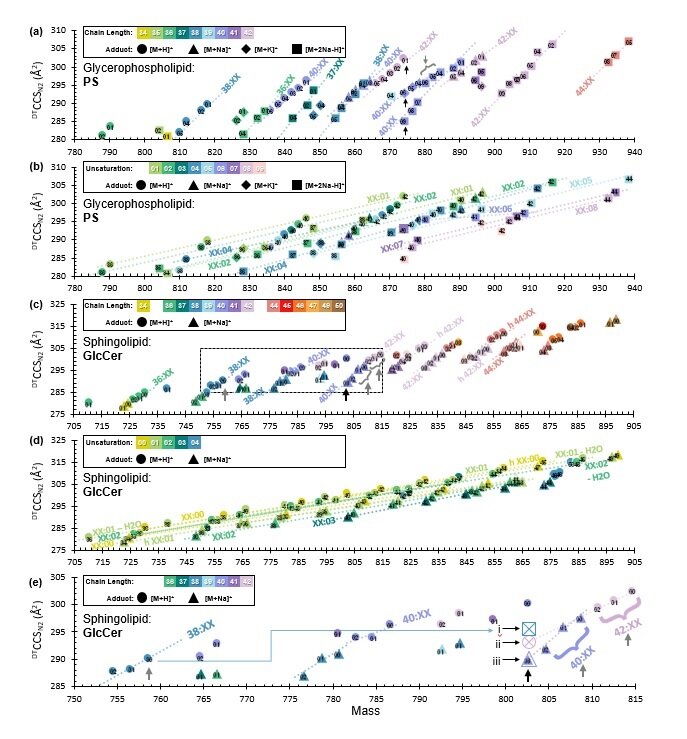
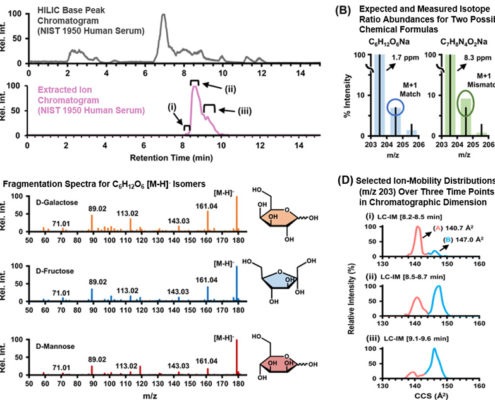
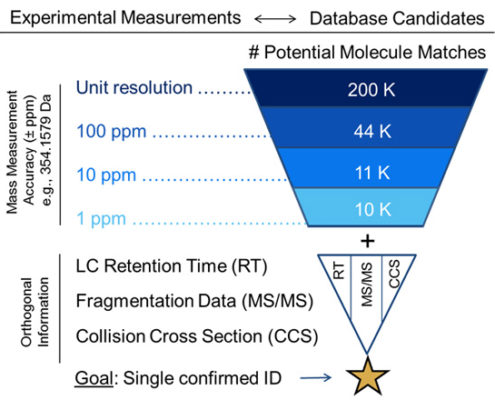

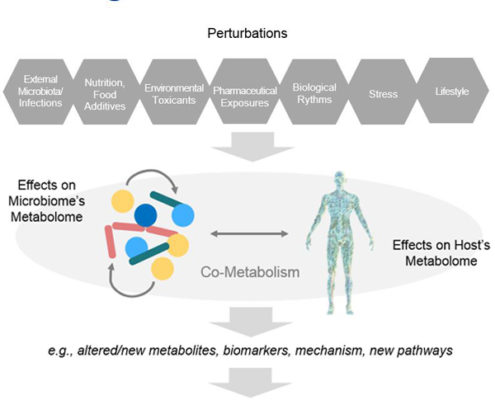
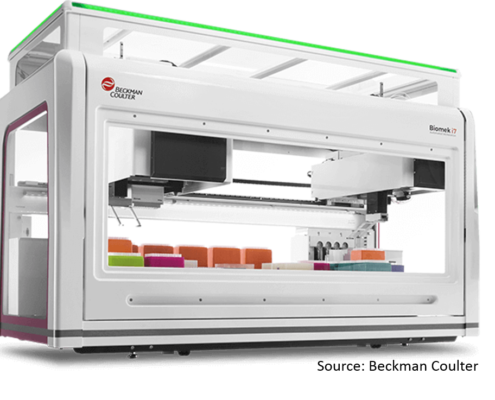
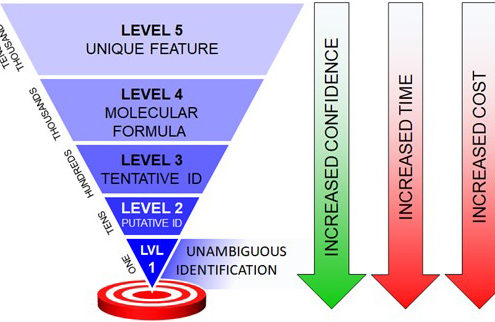
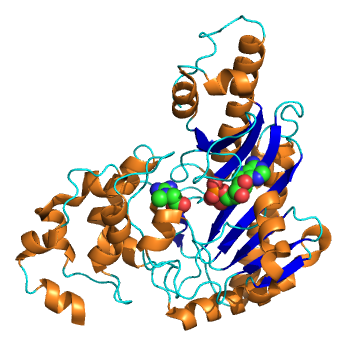

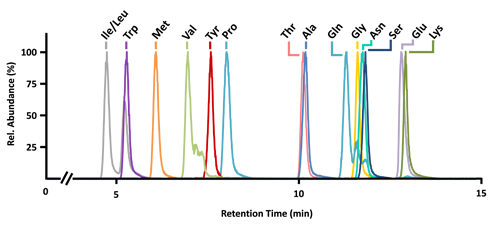

 Follow Us
Follow Us
